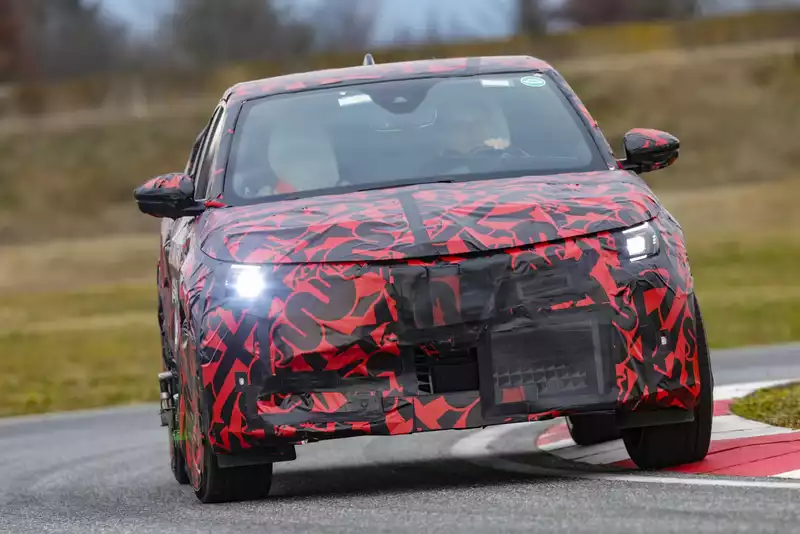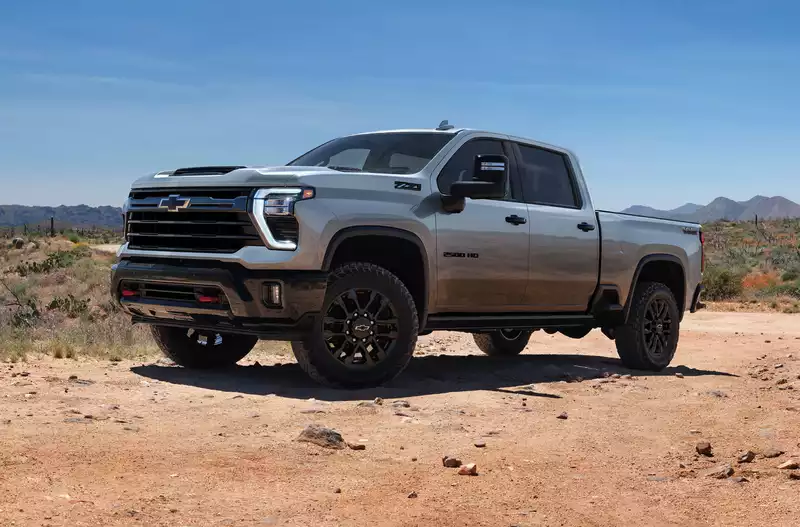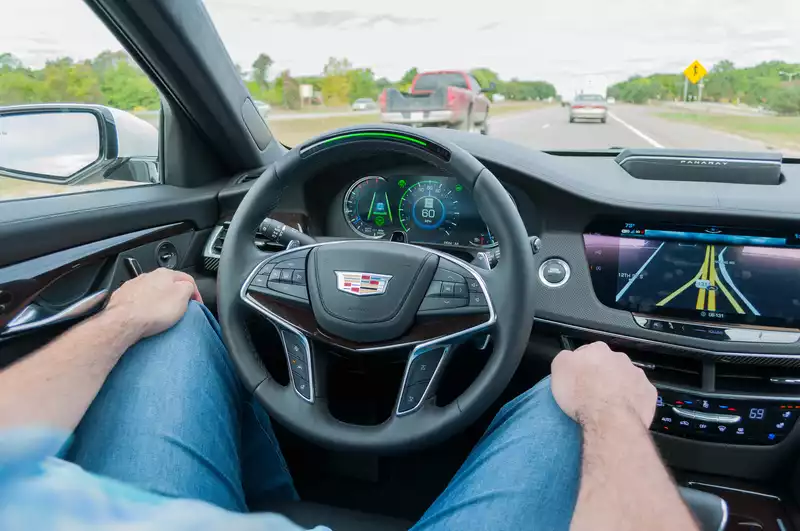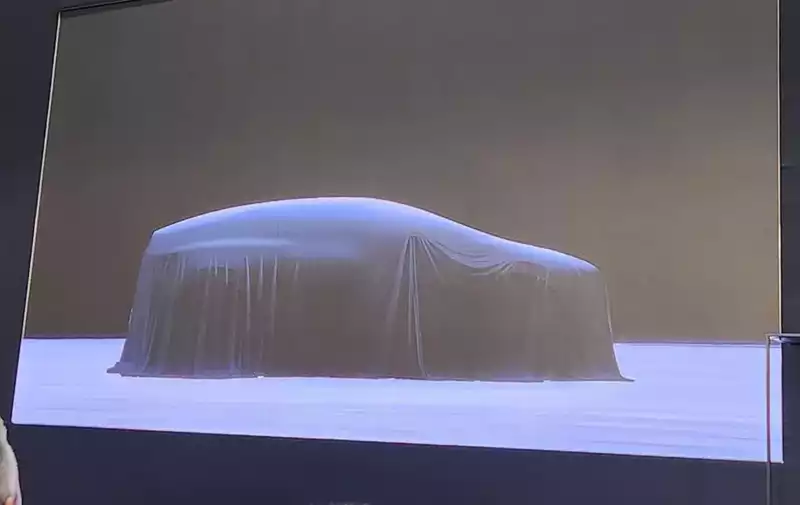Preview 2024 Ford Mustang, the latest technology in a traditional pony car.
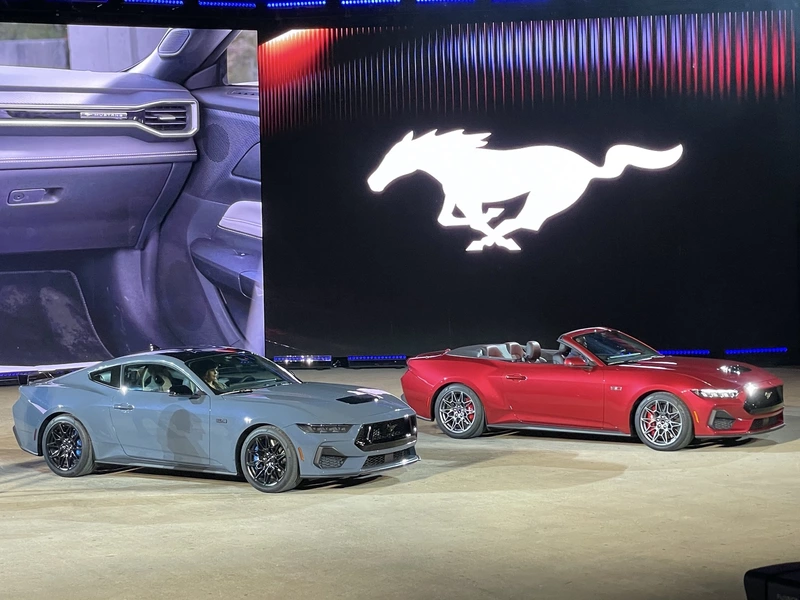
The Ford Mustang was introduced to the market in 1964, starting the pony car segment. Now, it will carry the torch for that segment in a car market that is switching to electric vehicles.
On Wednesday, Ford unveiled the 2024 Mustang at the Detroit Auto Show. The iconic pony car will feature a revised exterior on the same platform, two gas-powered engines, including a V-8 with up to 500 horsepower, and a tech-laden interior to attract a new generation of connected buyers. It also adds two cool new features to brag to your friends about: remote revs and electronic drift braking.
Ford is carrying the EV market torch with the Mustang Mach E crossover, but the 2024 Mustang coupe and convertible will feature an updated version of the conventional gas engine. the 2.3-liter turbo four on which the EcoBoost models are based will be port injection and direct injection will be added, which will improve compression ratio and thermal efficiency and reduce internal friction, resulting in higher power output and fuel efficiency. Ford has not yet released power or fuel economy figures, but the current 2.3-liter delivers 310 hp and 330 hp with the Performance Pack, with combined fuel economy up to 25 mpg.
Improvements to the GT model's 5.0-liter V-8 include new dual airbox intakes to feed dual electronic throttle bodies and deliver more air to the plenum intake manifold. Longer duration exhaust camshafts were used to handle the increased airflow, and port injection and direct injection continued.The 2022 Mustang's 5.0-liter V-8 engine delivers 450 horsepower in the GT and 470 horsepower. Transmissions will be a 10-speed automatic or a 6-speed manual, and both engines will be rev-matched.
According to Ford, there will be a total of three Dark Horse models. In addition to the regular Dark Horse, which is specialized for circuit driving but can still be driven on public roads, there will also be the track-only Dark Horse S and the race-oriented Dark Horse R.
Racing is a big deal for the seventh-generation Mustang, which competes in the NASCAR, GT3, and GT4 classes. Ford is planning to launch the Mustang at Daytona. Ford has confirmed that the Mustang will also compete in the 24 Hours of Daytona and the 24 Hours of Le Mans.
The new S650 generation Mustang, coded in-house, was rumored to switch platforms to the CD6 rear-wheel and all-wheel drive architecture of the Ford Explorer and Lincoln Navigator, but instead the Mustang used in the car since 2015 remained on the exclusive DC2 platform. However, Mustang vehicle engineering manager Eddie Kahn told Motor Authority that Ford has improved several parts, including aluminum lower control arms, rear suspension links, shocks, springs, and sway bars to and to provide better dynamics and responsiveness, Kahn told Motor Authority. The steering system has also been revised, with stiffer racks and a faster 15.5:1 ratio compared to the previous model's 16.0:1 ratio.
The optional Performance Pack for both GT and EcoBoost adds a front strut tower brace and a Torsen limited-slip differential. Performance Pack models also feature magnetic suspension, wider rear wheels and tires, larger brakes, Recaro bucket seats, and active exhaust. cooler to enhance the cooling effect. Ford mentioned but did not elaborate on the handling package for the Dark Horse model. Ford will offer three upgraded brake options. The top version offered on Performance Pack vehicles will feature six-piston front calipers clamping 15.4-inch rotors and four-piston rear calipers clamping 14.0-inch rear rotors. All calipers are made by Brembo and are available in black, red, and grabber blue.
The exterior design is an evolution of the throwback look Ford adopted in 2005. The body panels are all new, and Ford claims that the Mustang will have more downforce than the current model and the lowest aerodynamic drag coefficient ever achieved by a Mustang. The beltline will be lower to aid outward visibility, the rear haunches will be more pronounced, the sides will be smoother, and the front and rear faces will be replaced with a new take on the Mustang's tri-bar lighting theme.
The nose of the 2.3 and GT models will be unique: compared to the 2.3, the GT will have a traditional Mustang grille with a prop, taller intakes in the corners, and standard louvered hood vents. As one of the Easter eggs, profile images of all seven generations of Mustangs line the lower rear glass. The Bronze Design Series Appearance Package includes bronze aluminum wheels and badges.
On the interior, the new Mustang aims for a revolution. The big change is a healthy infusion of technology. All Mustangs will feature a 12.4-inch screen for the digital instrument cluster and a 13.2-inch infotainment touchscreen. In the base model, both screens are separated, while in other models, both screens are connected under a single sheet of glass, even though the touchscreen faces the driver.
The screens run Ford's Sync 4 infotainment interface and are configurable. The instrument cluster will be available in five themes: Normal, Sport, Track, Calm, and Foxbody, each with a different digital layout. The Fox Body takes on the analog look of the beloved Fox Body Mustangs built in the late 1970s and early 1990s; in MyMustang mode, drivers can view a 3- or 5-gauge digital auxiliary instrument layout on the center screen. Another Easter egg. The circuit icon on the display in Track Drive mode will be Grattan Raceway in Michigan. The other modes consist of Normal, Sport, Slippery, Drag, and customizable settings with up to six individual profiles.
The interior will feature a thicker, flat-bottomed steering wheel with improved materials, including soft-touch surfaces and contrast stitching. Carmine Red is the new interior color, and the seats will be cloth and vinyl or vinyl and leather instead of the base version's cloth.
In addition to the Mustang's existing line lock and launch control features, owners will have access to two cool new gadgets. One is electronic drift braking. This is an electronic parking brake that the driver operates by reshaping the parking brake handle. Instead of a straight handle, there is a 90-degree bend, which can be activated by an icon on the center screen. When used, the car automatically enters track driving mode, allowing the driver to control the parking brake like a professional driver. This is no coincidence, as Ford developed it in cooperation with renowned drifter Vaughn Gittin Jr.
Another new feature is a party trick you can show off to your neighbors. It's called Remote Rev, and it allows owners to not only start their cars remotely, but also rev the engine using a key fob and listen to its fury.
On the safety front, the new Mustang comes with adaptive cruise control with stop-and-go functionality, speed limit sign recognition, active lane control, evasive steering assist, and automatic front and rear emergency braking. Performance Pack vehicles also feature active pothole mitigation, which monitors suspension, body, steering and brake inputs and adjusts the suspension to reduce the effects of potholes.
The 2024 Ford Mustang is expected to hit dealerships in early summer 2023. Full specs and pricing will be announced closer to launch.
For more coverage from Detroit, check out our dedicated hub.
.